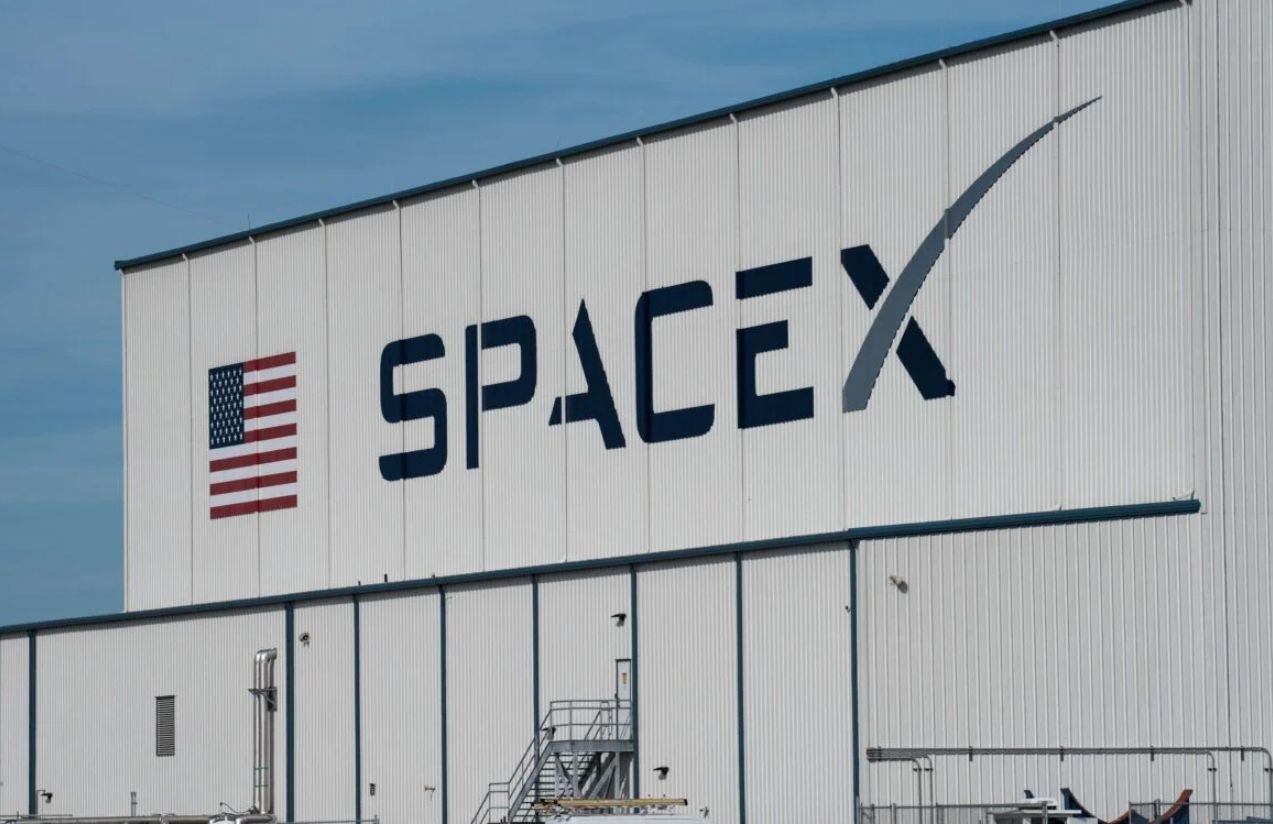On July 16, 2025, SpaceX successfully launched the KF-01 mission using a Falcon 9 rocket, placing 24 Amazon Kuiper satellites into orbit. This latest batch brings the total number of deployed Kuiper satellites to 78, as Amazon intensifies its efforts to compete with SpaceX’s Starlink constellation.
Although Amazon and SpaceX are direct competitors in the satellite internet market, this mission highlights an unusual collaboration. Amazon relies on Falcon 9 launches to meet regulatory deadlines. According to FCC licensing requirements, at least half of the full Kuiper constellation, over 1,600 of the planned 3,236 satellites, must be operational by July 30, 2026.
Meanwhile, Starlink continues to dominate the sector with over 8,000 satellites in orbit and more than 6 million subscribers worldwide. For Amazon, Project Kuiper is a multibillion-dollar strategic investment, with projected annual revenues of US$7.2 billion by 2032 and a potential user base exceeding 7 million.
Why this alliance between rivals?
While Amazon has launch agreements with ULA, Arianespace, and Blue Origin, only ULA currently operates a ready launch vehicle. Blue Origin has yet to deploy a fully tested commercial rocket, whereas SpaceX offers reliable, reusable launches. As a result, Amazon turns to Falcon 9 to accelerate the deployment of Kuiper and stay on schedule.
How does Kuiper compare to Starlink in size and deployment speed?
As of now, Starlink vastly outpaces Kuiper, with over 8,000 satellites already in orbit versus Amazon’s 78. Starlink also has a massive global user base, while Kuiper is just beginning its rollout. However, Amazon plans to deploy its full 3,236-satellite constellation in phases, aiming to meet regulatory milestones and working with multiple launch providers to do so.
In summary, this launch marks a major milestone for Amazon and Project Kuiper: a growing orbital fleet, an unexpected partnership with SpaceX, and steady progress toward meeting regulatory deadlines by July 30, 2026. As Kuiper advances, the competitive pressure on Starlink is set to increase.

